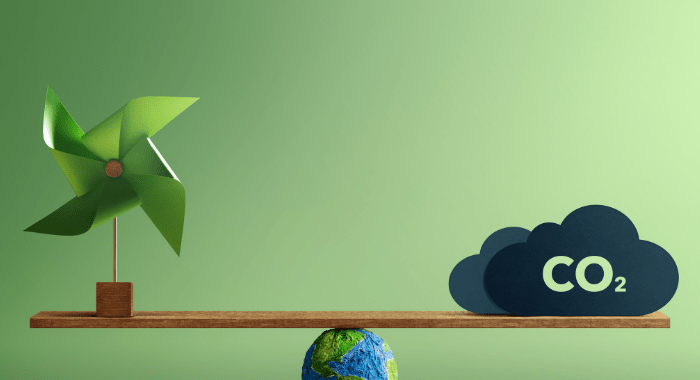Carbon capture and utilisation received a significant technological boost this past fortnight. Scientists from Rice University in the US unveiled a novel catalyst to speed up the conversion of carbon dioxide to methane. The new copper-based catalyst enables breaking carbon off carbon dioxide molecules and recombining it with hydrogen to form methane. The catalyst has the potential to improve the utilisation prospect of carbon capture technologies by helping efficient and speedy conversion into an industrial feedstock like methane. “Overcoming such issues (of inefficiency in conversion) can help close the artificial carbon cycle at meaningful scales, and the development of efficient and affordable catalysts is a key step toward achieving this goal,” explains the study’s lead author.
A new robotic system promises to speed up the discovery of novel photovoltaics
Despite cementing its place in the energy economy of the future, solar energy is still saddled with significant challenges of scale and technological limitations. One of foremost challenges is the development of new photovoltaic materials. The process is far from straightforward, with materials necessarily having to meet a triad of requirements – they must be highly efficient, made from common chemical elements, and have low toxicity. Not many materials check all three boxes and development of novel materials is weighed down by expensive, laborious and time-consuming studies. Researchers from Japan’s Osaka university are attempting to revolutionise the process through a unique robotic system that automates the experimental process. The new robotic system announced by the researchers provides a one-stop-shop photoabsorption spectroscopy, optical microscopy, and time-resolved microwave conductivity analyses. In all, the researchers claim their robotic system cuts the time involved to just one-sixth of the time needed under the conventional process.
Hydrogen gets a new, cheaper and more efficient carrier
Hydrogen’s viability as a clean fuel has inherently been limited due to the costs and risks associated with its storage and transport. This challenge has resulted in the exploration of “energy carrier” compounds such as ammonia, formic acid, and metal hydrides which offer a material avenue to store and transport hydrogen. Researchers from Japan’s Kyushu University have now developed a new material capable of storing and transporting hydrogen at room temperature for as long as three months and more cheaply than other methods. Additionally, the material can be used its own catalyst for the extraction of hydrogen, something that had previously not been achieved with other potential energy carriers. “We looked to nature for hints. There are a series of enzymes called hydrogenases that catalyze hydrogen into protons and electrons and can store that energy for later use, even at room temperature. By studying these enzymes our team was able to develop a new compound that does exactly that,” explains Professor Seiji Ogo who led the research team. The new material uses nickel, which is inexpensive relative to other metals conevntionally used as catalysts in the process such as platinum and rhodium.
Second life: World’s largest steel mill to be repurposed for wind turbine manufacturing
Formerly the world’s largest steel mill, situated in the US state of Maryland is going to be given a second lease of life as a manufacturing hub for offshore wind turbines. The decision was made by the US Department of Transportation Maritime Administration which awarded $47.4 million to a new factory, called Sparrows Point Steel. “Through both the Infrastructure Investment and Jobs Act and the Inflation Reduction Act, we’re bringing manufacturing jobs back to the US and back to Maryland, and this investment will help make Baltimore a competitive manufacturing hub for offshore wind and a premier destination for clean energy growth,” read a statement prepared by six of Maryland’s Democratic lawmakers.
About The Author
You may also like
First EV battery plant launched in Indonesia, the country with largest nickel reserve
India can climb the global battery supply chain ladder. Here’s how.
New safety standards for EVs in India released
New method to produce hydrogen uses solar energy, agricultural waste
Tata Power-DDL to demonstrate vehicle-to-grid technology in North Delhi


